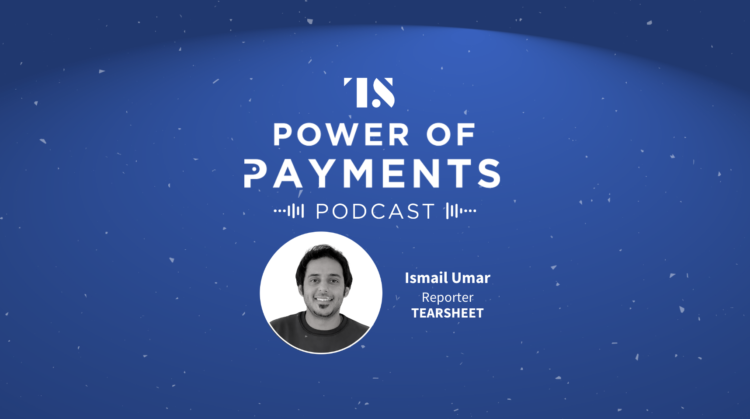Payments, Power of Payments Podcast
Power of Payments Ep. 18: Chase disrupting rent payments, MoneyGram’s crypto expansion, and more
- This week, we discuss why JPMorgan Chase is launching a digital rent payment solution, and how Americans plan to use more flexible payments this holiday season.
- We also talk about MoneyGram’s recent crypto expansion, and the potential role of digital currencies in the remittance industry.








